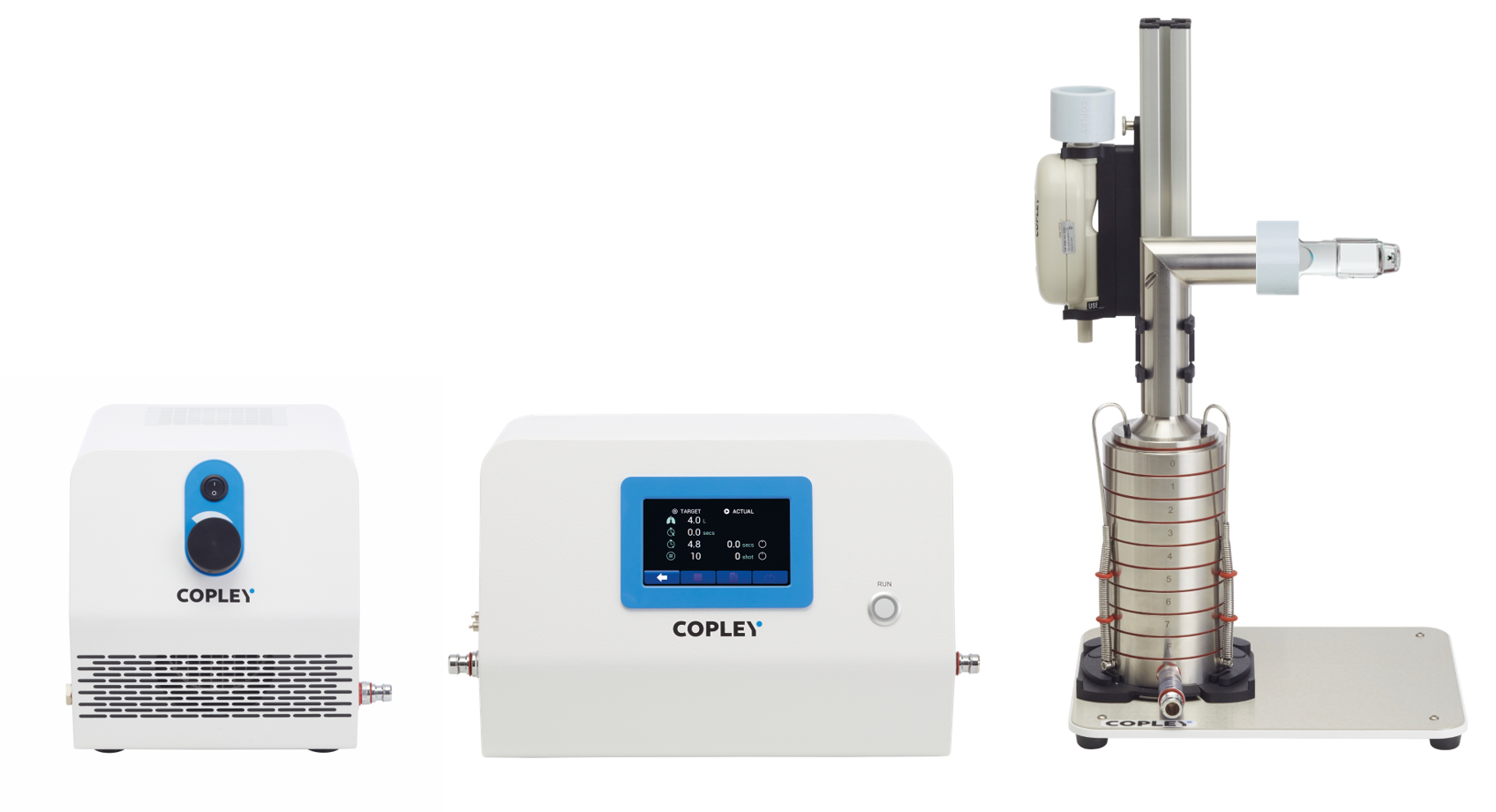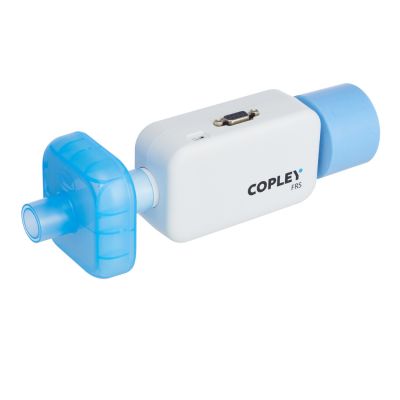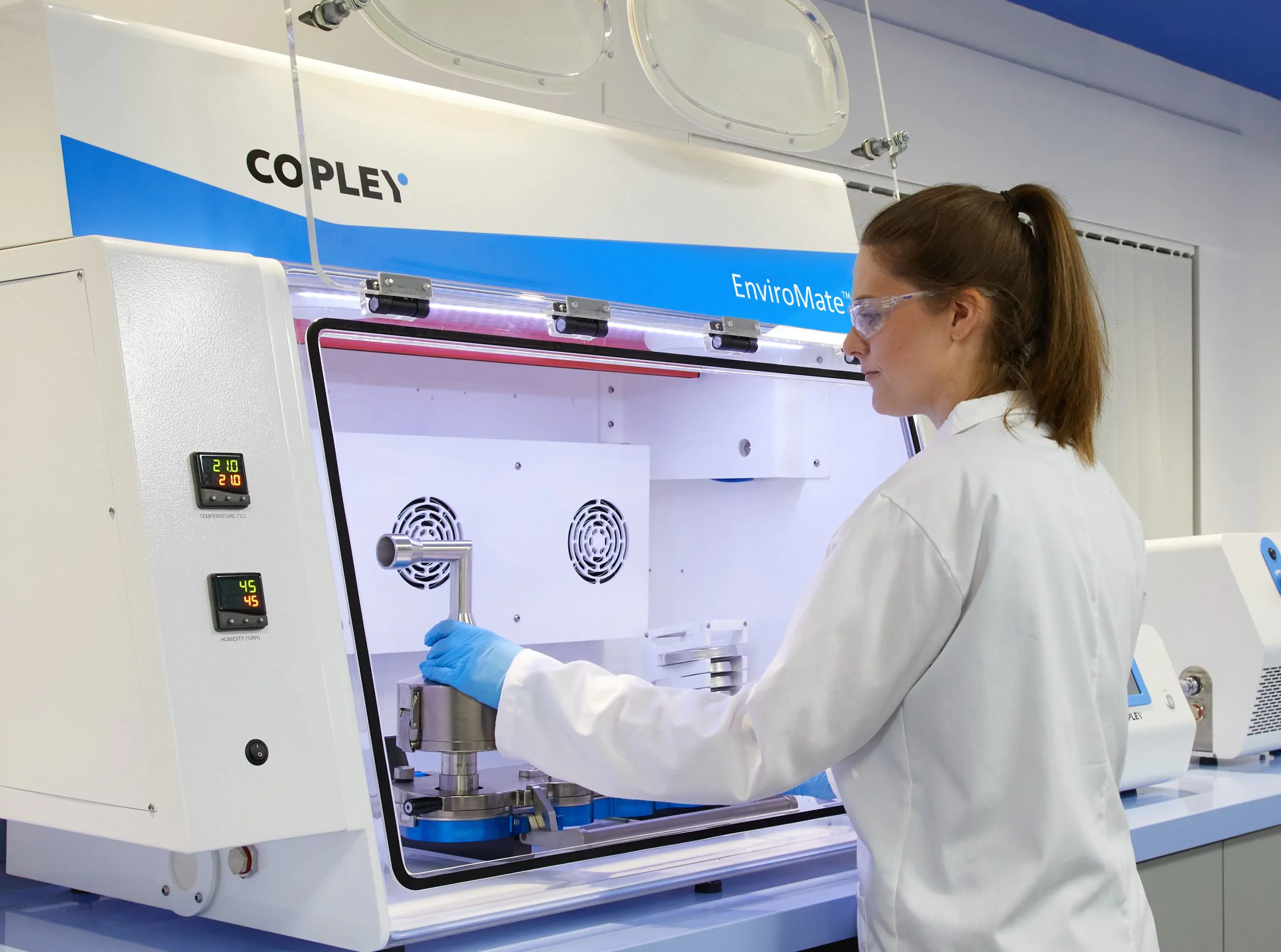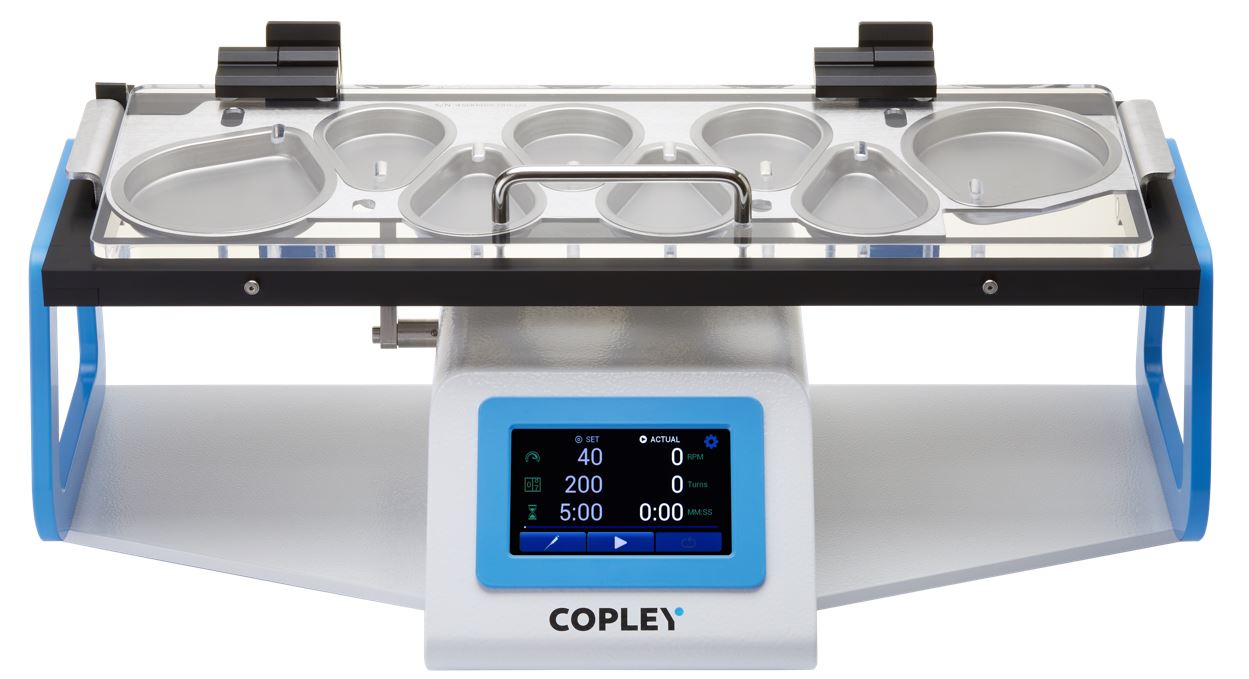Home > Inhaler Testing > Aerodynamic Particle Size Distribution (APSD) > APSD of Soft Mist Inhalers (SMIs) > SMIs
APSD of Soft Mist Inhalers (SMIs)
For ADIs as for nebulisers, the evaporation of droplets exacerbated by the thermal mass of the impactor can be a problem. Loss of solvent reduces droplet size, producing artificially low APSD measurements, compromising the integrity of the resulting data. Cooling the impactor to approximately 5°C is the recommended method for overcoming this problem. Classified as active devices, the recommended flow rate for ADI testing is 28.3 L/min for the ACI or 30 L/min for the NGI.


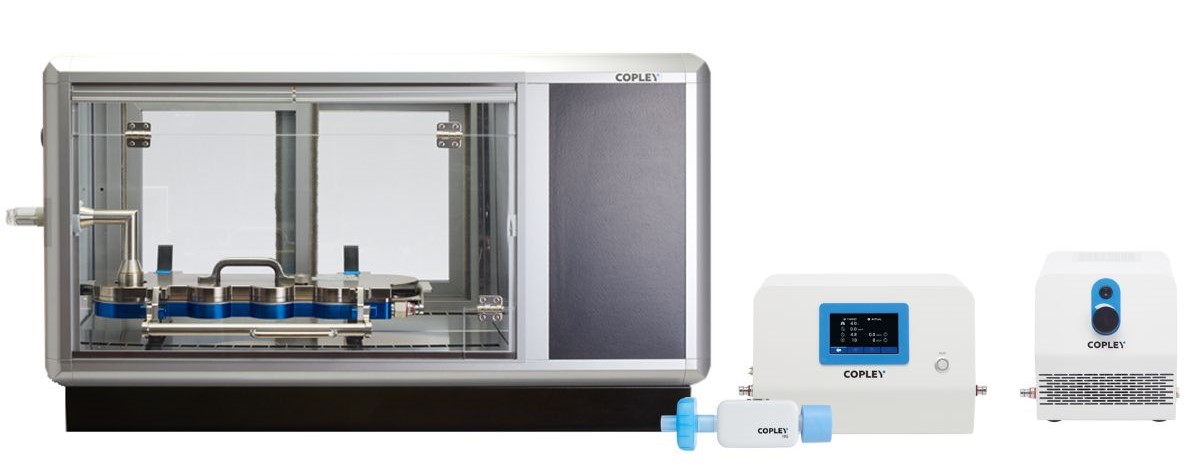
Contact Us
Contact Us
Enquire about SMIs
Andersen Cascade Impactor (ACI)

Mouthpiece Adapter
View BrochureNGI Induction Port
View BrochureNext Generation Impactor NGI
View BrochureBAC 100i Breath Actuation Controller
View BrochureLCP6 Low Capacity Vacuum Pump
View BrochureFlow Rate Sensor FRS
View BrochureNGI Cooler™
View BrochureInhalytix® – APSD Data Analysis Software
View BrochureTemperature and Relative Humidity Sensor
View BrochureFootswitch
View BrochureNGI Cup Rack
View BrochureNGI Carrying/Washing Rack
View BrochureInternal/External Filter Holder
View BrochureDFM 2000 Flow Meter
View BrochureHCP6 High Capacity Vacuum Pump
View BrochureNGI Cooler™ Shelf
More detailsDDU of Soft Mist Inhalers (SMIs)
View SystemMouthpiece Adapter
View BrochureNGI Induction Port
View BrochureNext Generation Impactor NGI
View BrochureBAC 100i Breath Actuation Controller
View BrochureLCP6 Low Capacity Vacuum Pump
View BrochureFlow Rate Sensor FRS
View BrochureNGI Cooler™
View BrochureInhalytix® – APSD Data Analysis Software
View BrochureTemperature and Relative Humidity Sensor
View BrochureFootswitch
View BrochureNGI Cup Rack
View BrochureNGI Carrying/Washing Rack
View BrochureInternal/External Filter Holder
View BrochureDFM 2000 Flow Meter
View BrochureHCP6 High Capacity Vacuum Pump
View BrochureNGI Cooler™ Shelf
More detailsDDU of Soft Mist Inhalers (SMIs)
View SystemRelated Applications
We also offer a range of equipment for additional DPI testing application support:
Related Applications
Two factors have been identified as being critical to improving the clinical relevance of DDU testing and APSD measurement: realistic breathing profiles and realistic throat and nasal models.
View More
Automation Tools
Automation Tools
Copley supplies a broad range of labour-saving devices and semi-automated systems for Aerodynamic Particle Size Distribution applications.
View Product Range
Sample Preparation Unit SPU 200i
Copley supplies a broad range of labour-saving dev…
View Product RangeAutomation Tools
Copley supplies a broad range of labour-saving devices and semi-automated systems for Aerodynamic Particle Size Distribution applications.
View Product Range
Automation Tools
Copley supplies a broad range of labour-saving devices and semi-automated systems for Aerodynamic Particle Size Distribution applications.
View Product Range
How Does a Cascade Impactor Work?
Play VideoRelated Services



Training
We offer a range of training courses, presentations and seminars covering a wide range of topics.
Find Out More


Servicing
A comprehensive range of both in-house and on-site product servicing options are available
Find Out More


Support
Our team of experienced technicians and engineers are on hand to help and advise
Find Out MoreRelated News & Resources

Have a question? Our friendly and experienced team are here to help.
